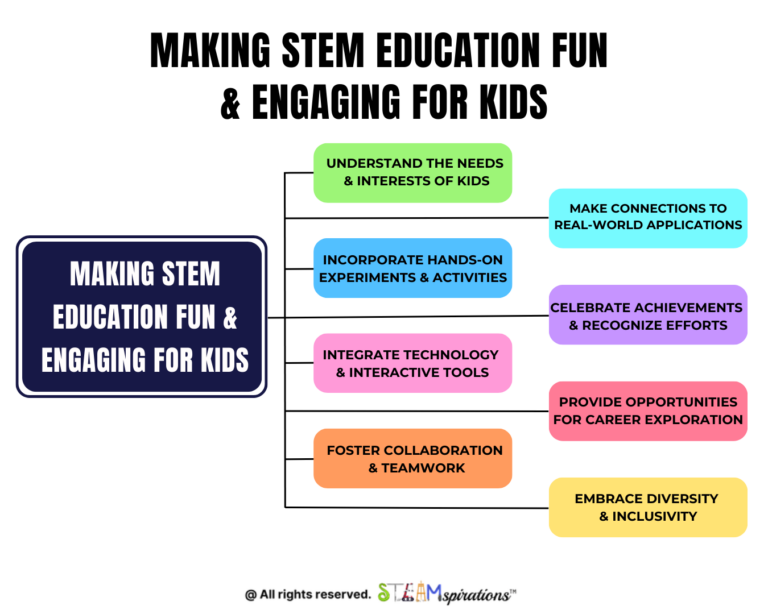Effective teaching is an essential component of providing students with the best education experience possible. As educators, we have a responsibility to continuously learn and innovate to ensure that our students reach their full potential. In this article, we will explore research-backed strategies for designing engaging activities that promote effective learning. From inquiry-based learning to hands-on learning, we will discuss eight essential steps for creating meaningful, relevant, and exciting learning experiences for our students. By following these steps, we can empower students to take charge of their learning, promote critical thinking and problem-solving skills, and help them thrive academically and in all areas of their lives.
Step 1: Start with Inquiry-Based Learning
To integrate higher-order thinking in our lessons, we can start with inquiry-based learning. Inquiry-based learning empowers students to take charge of their learning by asking questions, investigating, and discovering information on their own. Research has shown that inquiry-based learning leads to improved student achievement and motivation. By promoting critical thinking, problem-solving, and research skills, inquiry-based learning can help students thrive in all areas of their lives.
Step 2: Group Students by Ability and Provide Differentiated Instruction
To ensure that every student reaches their full potential, we must group students by ability and provide them with instruction at their level. Differentiated instruction has been shown to lead to improved student performance and can help students take ownership of their goals while boosting accountability.
Step 3: Encourage Goal-Setting
Goal-setting is crucial for promoting academic achievement and motivation. Setting goals and reflecting on progress helps students understand the effort needed to reach their expectations. Studies have shown that goal-setting can improve academic performance and motivation.
Step 4: Focus on Engagement
Engagement is the MVP of effective learning. Research indicates that student engagement is positively correlated with academic achievement and student well-being. To make lessons engaging, we must use exciting activities, resources, technology, and materials that meet the standards. Engaging activities can improve memory retention and overall learning.
Step 5: Know Your Students’ Interests, Motivations, and Learning Styles
To create epic activities, we must first understand our students’ interests, motivations, and learning styles. We can gather this information through surveys or discussions.
Step 6: Set Goals for the Activities and Design Them to be Relevant and Meaningful
Next, we must set goals for the activities and design them to be relevant and meaningful. Using technology can also enhance the learning experience, and there are numerous online tools and resources available for creating games, multimedia presentations, and quizzes.
Step 7: Use Collaboration and Group Work
Collaboration and group work are effective strategies for promoting effective learning. When students work together, they share ideas, learn from each other, and boost their teamwork and communication skills. Collaborative learning has been shown to improve student achievement and critical thinking skills.
Step 8: Incorporate Hands-On Learning
Finally, hands-on learning can enhance students’ understanding and retention of knowledge. Designing activities with experiments, projects, or enriching activities can get students actively involved and help them remember what they’ve learned.
In conclusion, by following these eight steps and using research-backed strategies for designing engaging activities, we can help students reach their full potential and thrive academically and in all areas of their lives.

